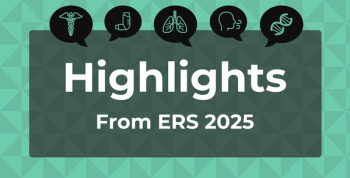
Report: W.Va. Health Officials Thwarted in Effort to Slow OxyContin Epidemic
The healthcare news outlet STAT went to court to unseal records that show officials with West Virginia's state employee health plan were derailed in their early efforts to slow access to OxyContin.
An investigation by STAT has unsealed
The court records, unearthed by STAT writer David Armstrong, show how officials with the state employee health plan spotted all the warning signs and moved to sharply limit prescriptions—they wanted OxyContin to go only to terminally ill cancer patients.
But Purdue Pharma did an end run on the West Virginia health leaders by paying rebates to Merck Medco and pursuing an aggressive strategy to prevent any preauthorization of OxyContin, either for state employees or in Medicaid. STAT filed a motion in May to gain access to records that were sealed in 2004, when Purdue settled with West Virginia for $10 million.
Among the state’s claims: The pharmaceutical company was undermining West Virginia’s early efforts to get the burgeoning opioid crisis under control. “Contrary to the picture of helpfulness and cooperation Purdue attempts to paint, Purdue’s employees were actively and secretly trying to prevent West Virginia from imposing any control on the sale of OxyContin,” the state claimed.
The CDC has chronicled the near perfect match in the trajectory of prescriptions for oxycodone since OxyContin gained
According to the CDC, in 2014, West Virginia led the nation in the rate of overdose deaths at 35.5 per 100,000; its neighbors Kentucky and Ohio are among the top 5 states. Unlike many other states, Kentucky refused to take part in early class action settlements and received
Officials with the West Virginia state employees’ health plan noticed 2 trends in the early 2000s: starting in 2001, they saw a spike in deaths from oxycodone, and they saw spending for OxyContin climb from $11,000 in 1996, the first year on the market, to $2 million in 2002.
While the state started trying in 2001 to get prior authorization for the drug, it took a full 2 years—and a change in its prescription drug manager—before state health officials succeeded, the STAT report said. By then, West Virginia was, and remains, an epicenter of the opioid epidemic.
In March, the CDC issued new opioid prescribing
Newsletter
Stay ahead of policy, cost, and value—subscribe to AJMC for expert insights at the intersection of clinical care and health economics.













































